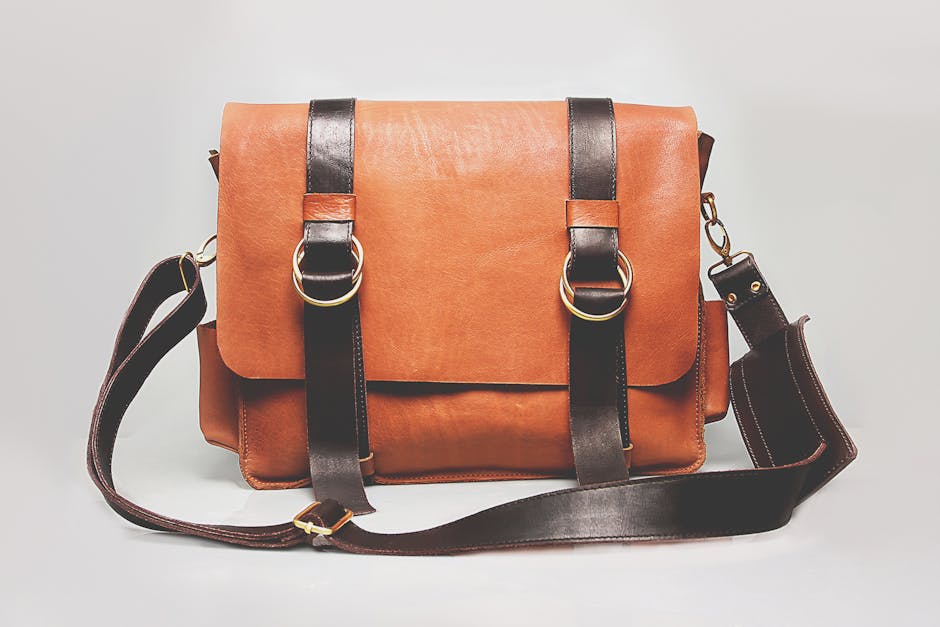Transforming Discarded Furniture into Functional Art for Your Home
Introduction
In a world increasingly conscious of waste and sustainability, upcycling has emerged as a powerful movement. One of the most rewarding ways to participate is by transforming discarded furniture into functional art. Instead of relegating old chairs, tables, or dressers to the landfill, breathe new life into them, creating unique pieces that reflect your personality and enhance your home decor. This article explores how to turn trash into treasure, offering tips, techniques, and inspiration to get you started.
The Art of Upcycling Furniture
Why Upcycle? The Benefits Beyond Aesthetics
- Environmental Responsibility: Reduces landfill waste and the demand for new resources.
- Cost-Effective: Creates unique, high-quality pieces without breaking the bank.
- Creative Expression: Allows you to personalize your living space and showcase your artistic skills.
- Unique Decor: Guarantees one-of-a-kind furniture that stands out.
- Adds Character: Infuses your home with history and a story behind each piece.
Finding Furniture Worth Upcycling
The search for discarded furniture can be an adventure in itself. Consider these locations:
- Thrift Stores and Flea Markets: Often offer a wide selection of affordable, vintage pieces.
- Garage Sales and Estate Sales: Great for finding hidden gems at bargain prices.
- Online Marketplaces (e.g., Craigslist, Facebook Marketplace): Can connect you with people looking to get rid of furniture.
- Curbside Finds: Keep an eye out for furniture left out for trash collection (ensure it’s legally permissible to take).
Preparation is Key: Cleaning and Repairing
Before you unleash your creative vision, proper preparation is essential for a successful upcycling project.
- Thorough Cleaning: Remove dirt, dust, and grime with soap and water. For stubborn stains, use a specialized furniture cleaner.
- Repairing Damage: Fix wobbly legs, loose joints, or cracked surfaces. Wood glue, clamps, and wood filler are your best friends.
- Sanding: Smooth out rough surfaces and prepare the furniture for paint or stain. Use progressively finer grits of sandpaper.
- Priming (Optional but Recommended): Creates a smooth, even surface for paint and helps it adhere better.
Upcycling Techniques and Ideas
Painting Furniture: Unleash Your Inner Artist
Painting is one of the simplest and most transformative upcycling techniques.
- Choosing the Right Paint: Select paint specifically designed for furniture, such as chalk paint, latex paint, or enamel paint.
- Color Palette: Consider your existing decor and choose colors that complement or contrast effectively.
- Painting Techniques: Experiment with different techniques like distressing, layering, or stenciling to achieve unique effects.
Reupholstering: Giving Seating a New Life
Reupholstering can dramatically change the look and feel of chairs, sofas, and benches.
- Selecting Fabrics: Choose durable, stain-resistant fabrics that suit your style and lifestyle.
- Removing Old Upholstery: Carefully remove the old fabric, paying attention to how it was attached.
- Attaching New Fabric: Use a staple gun to secure the new fabric, ensuring a tight and even finish.
Repurposing: Thinking Outside the Box
Repurposing involves using furniture in a way it was not originally intended.
- Turning a Dresser into a Kitchen Island: Add a countertop and wheels to create a functional and stylish kitchen island.
- Transforming Old Doors into Headboards: Sand and paint old doors to create unique and rustic headboards.
- Using Suitcases as Tables or Storage: Stack vintage suitcases to create quirky side tables or storage units.
Adding Decorative Elements: Personalizing Your Creations
Embellish your upcycled furniture with decorative elements to add personality and flair.
- New Hardware: Replace old knobs and pulls with stylish, modern hardware.
- Decoupage: Apply decorative paper or fabric to surfaces using decoupage techniques.
- Stencils and Transfers: Add intricate designs and patterns with stencils or furniture transfers.
Inspiration Gallery: Real-Life Transformations
*(Note: This section would typically include images and brief descriptions of successful upcycled furniture projects. Due to limitations, this cannot be visually presented here. Imagine examples like: A brightly painted dresser turned into a changing table, an old pallet transformed into a coffee table, a vintage suitcase turned into a pet bed).*
Conclusion
Transforming discarded furniture into functional art is a rewarding and sustainable way to enhance your home decor. By embracing upcycling, you can reduce waste, save money, and create unique pieces that reflect your personality and style. With a little creativity, effort, and these helpful tips, you can turn trash into treasure and create a home filled with beautiful, one-of-a-kind furniture.














Post Comment